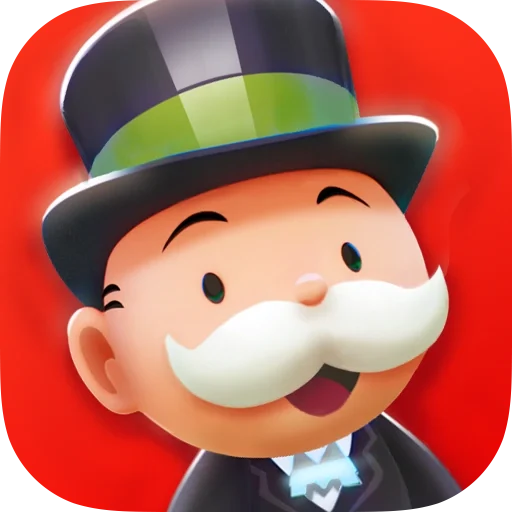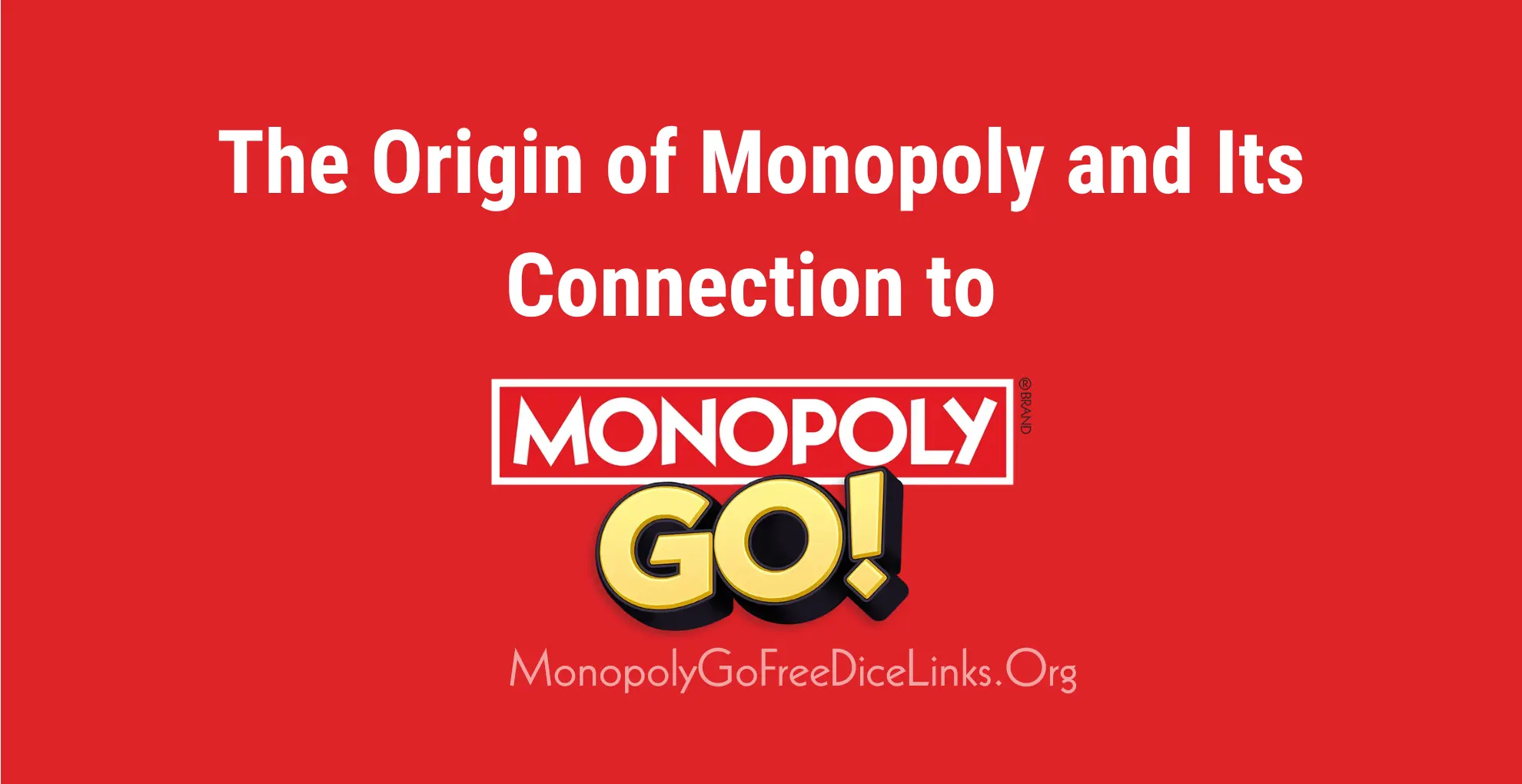The Origin of Monopoly and Its Connection to Monopoly Go Free Dice
Monopoly is one of the most iconic board games in history, but its origins go back much further than the version we all know today. It has evolved significantly over time, leading to digital adaptations like Monopoly Go, which introduces new mechanics, including free dice rolls, to keep players engaged. Let’s take a look at where Monopoly started and how it connects to Monopoly Go’s free dice system.
The Origins of Monopoly
The game we now call Monopoly was inspired by a board game called The Landlord’s Game, patented by Elizabeth Magie in 1904. It was designed to teach economic principles, particularly the dangers of monopolies.
Over time, different versions of the game were created, and in the 1930s, Charles Darrow popularized a modified version, which he later sold to Parker Brothers (now part of Hasbro). This became the classic Monopoly game that millions have played worldwide.
How Monopoly Evolved into Monopoly Go
With the rise of digital gaming, Monopoly has been adapted into various video games and mobile apps. Monopoly Go, developed by Scopely, is one of the most successful modern versions. Unlike the traditional game, Monopoly Go is a mobile, fast-paced, and multiplayer experience that focuses on collecting properties, attacking rivals, and earning in-game currency rather than negotiating trades.
One of the most crucial mechanics in Monopoly Go is rolling dice, which determines how far players move on the board. Since dice rolls are limited, free dice become essential for continuing progress without waiting or spending money.
The Connection Between Monopoly and Free Dice in Monopoly Go
In traditional Monopoly, rolling the dice is the primary way players move and take action. Similarly, Monopoly Go uses a dice-based movement system, but it introduces a free dice system to encourage continuous play. Here’s how Monopoly Go’s free dice system is connected to the original game:
- Dice Rolls as a Core Mechanic
- Just like in classic Monopoly, rolling dice is central to gameplay in Monopoly Go. Players move around the board, collect properties, and earn rewards based on where they land.
- Strategy and Progression
- In traditional Monopoly, rolling well (or strategically managing your position) plays a crucial role in winning.
- In Monopoly Go, the availability of free dice rolls determines how often you can continue progressing in the game. The more dice you have, the better your chances of earning rewards.
- Monetization and Free Dice Rewards
- Unlike the classic board game, Monopoly Go has an energy-based system, where dice rolls are limited.
- To keep players engaged, free dice can be earned through daily rewards, events, and bonuses, allowing them to play longer without spending money.
- Luck vs. Strategy
- Monopoly has always had a mix of luck and strategy—rolling the right numbers at the right time can change the game.
- In Monopoly Go, free dice play a role in managing that luck, letting players extend their sessions and increase their chances of success.
Conclusion
Monopoly has come a long way from its origins as The Landlord’s Game to the fast-paced mobile experience of Monopoly Go. While the core dice-rolling mechanic remains, Monopoly Go introduces free dice as a modern adaptation, ensuring players stay engaged and keep progressing. Whether you’re a fan of the classic board game or new to the digital version, free dice rolls are the key to success in Monopoly Go—just like rolling the right numbers in the original game was crucial to winning Monopoly.

